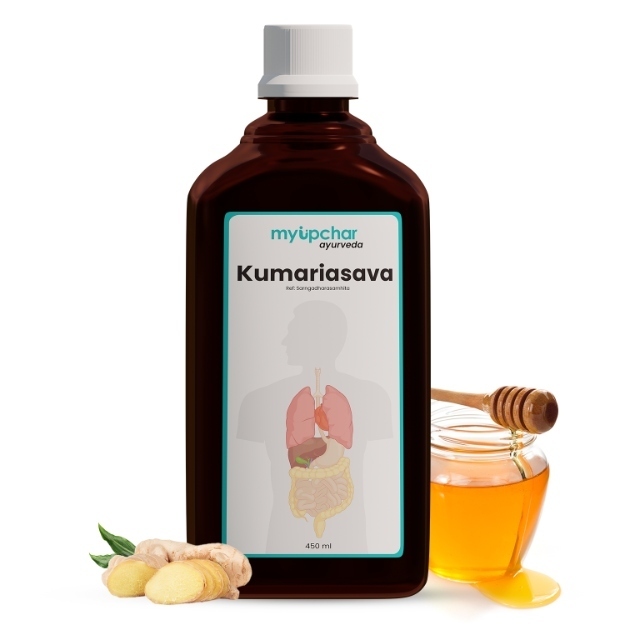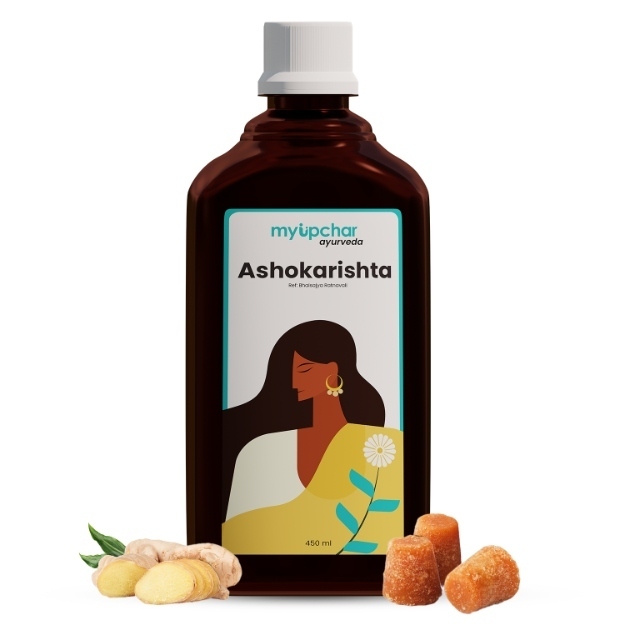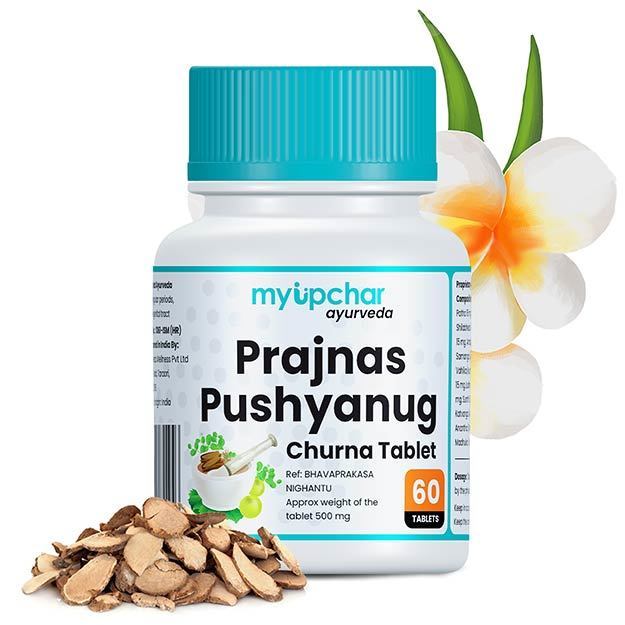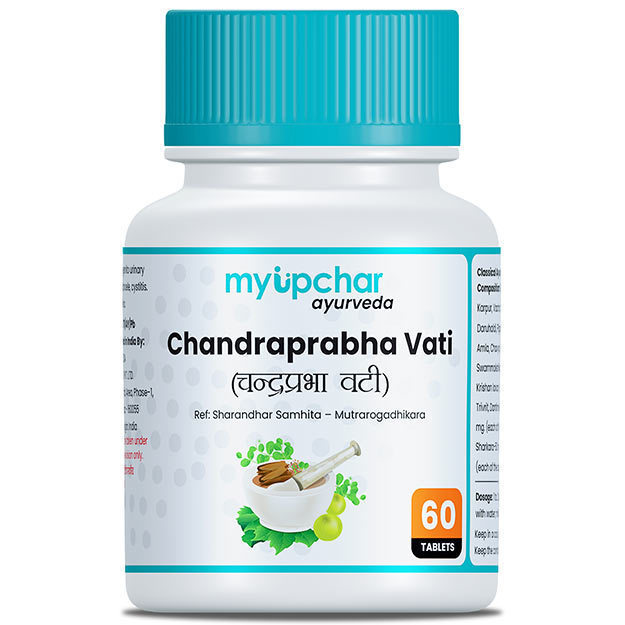The basic objective of Ayurveda is to identify the root causes of various issues and address them from its source. Ayurveda provides effective treatment for various women health's issues.
The doctors at myUpchar have conducted extensive research on the issue of female health, resulting in the development of the 100% myUpchar Ayurveda Kanchnar Guggulu.
In Ayurveda, herbs such as Haritaki, Bibhitaki, and Amalaki are used for women's health issues. myUpchar Ayurveda Kanchnar Guggulu is prepared using 12 such herbs. These herbs are grown organically, and to preserve their purity, they are extracted from the fields using hands instead of machines. Additionally, in the traditional Ayurvedic manner, medicines are prepared by extracting the extracts of these herbs. This whole process takes both patience and effort. Moreover, this Ayurvedic medicine, formulated using ancient scientific techniques, has demonstrated no side effects in any medical research.
100% Ayurvedic, myUpchar Ayurveda Kanchnar Guggulu is unique compared to other medicines. Unlike other medications that use herbal powders, myUpchar Ayurveda Kanchnar Guggulu is made from herbal extracts, specifically Kanchnar and Guggulu. As a result, the capsule contains the properties of all the herbs. This can effectively help in various issues like cystic disorders, uterine fibroids, ovarian swelling, irregular periods, and PCOS.
Contents: Kanchanar twak, Haritaki, Bibhitaki, Amalaki, Sunthi, Marica, Pippali, Varuna, Ela, Twak, Tejapatra, Shudha Guggulu.

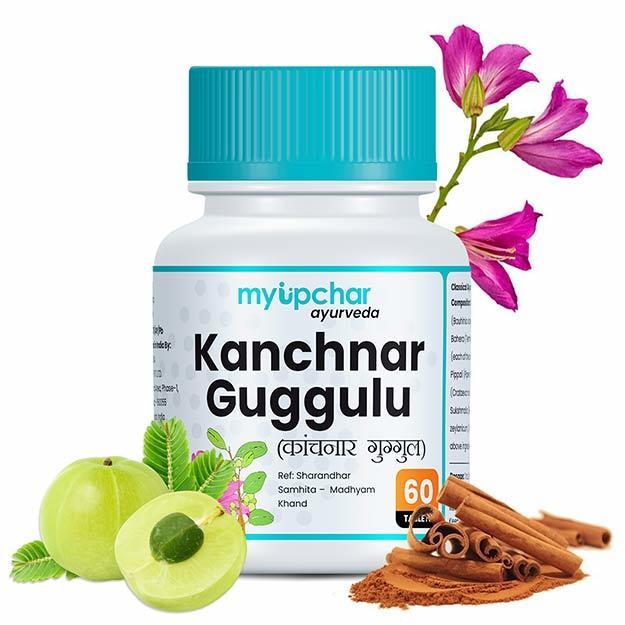
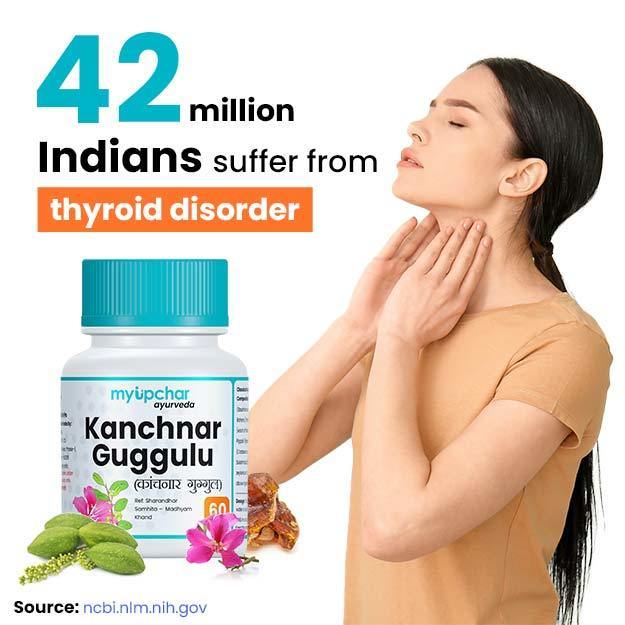
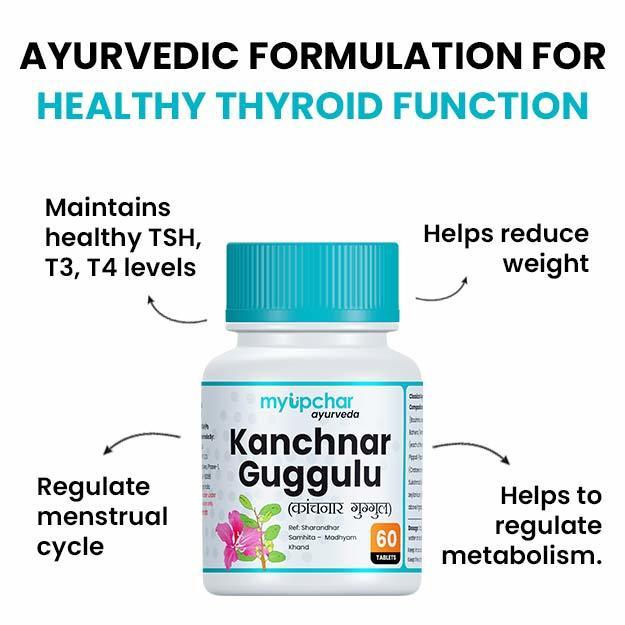
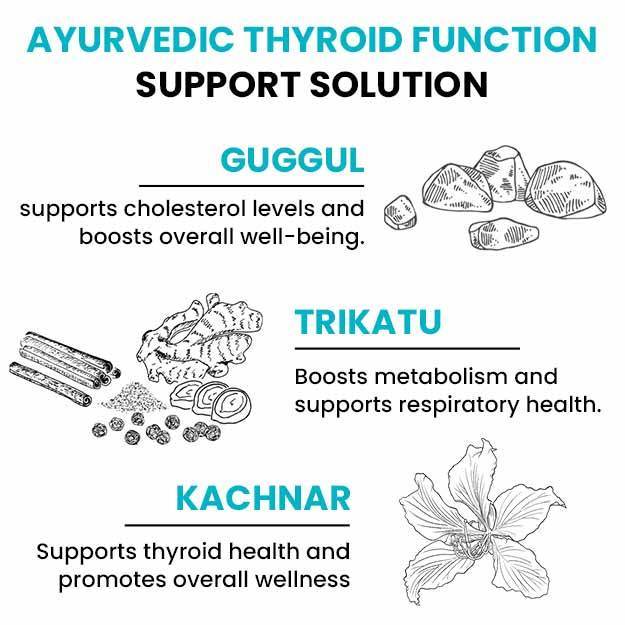
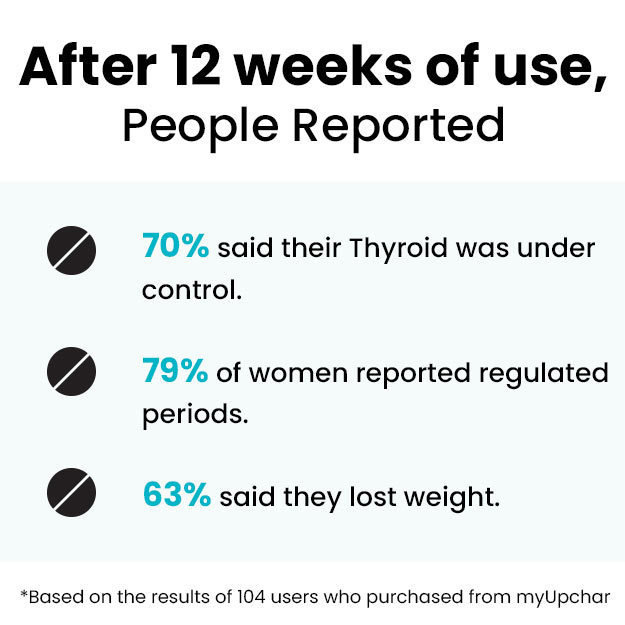
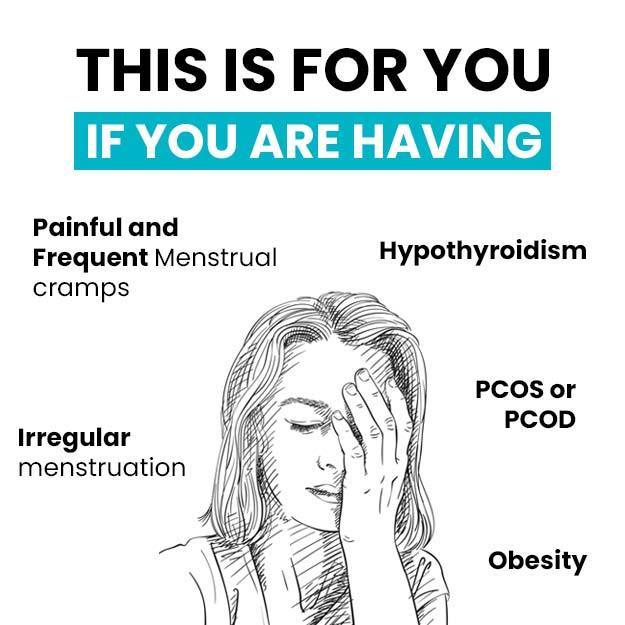

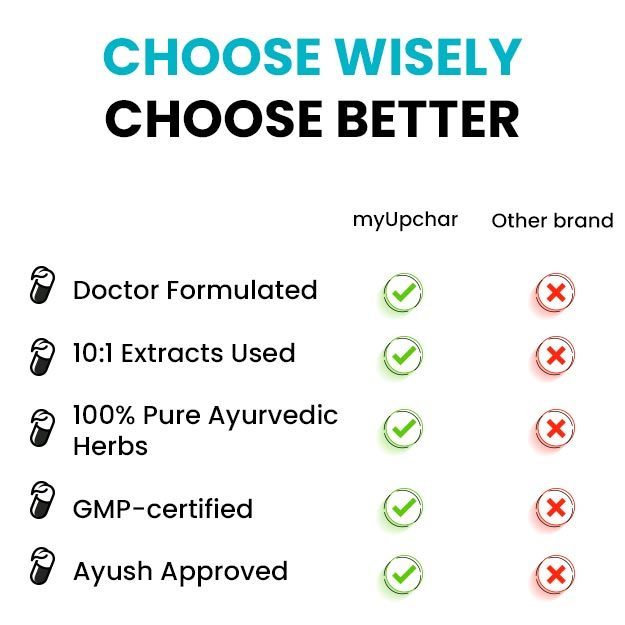
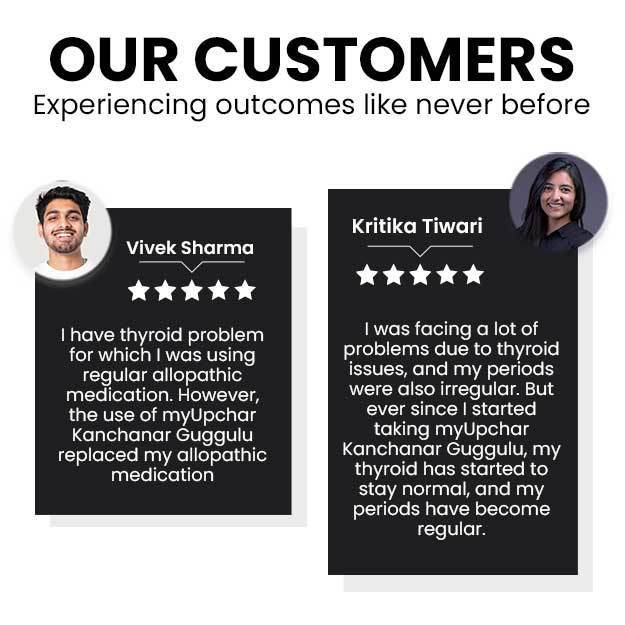
 Free shipping all over India
Free shipping all over India




















